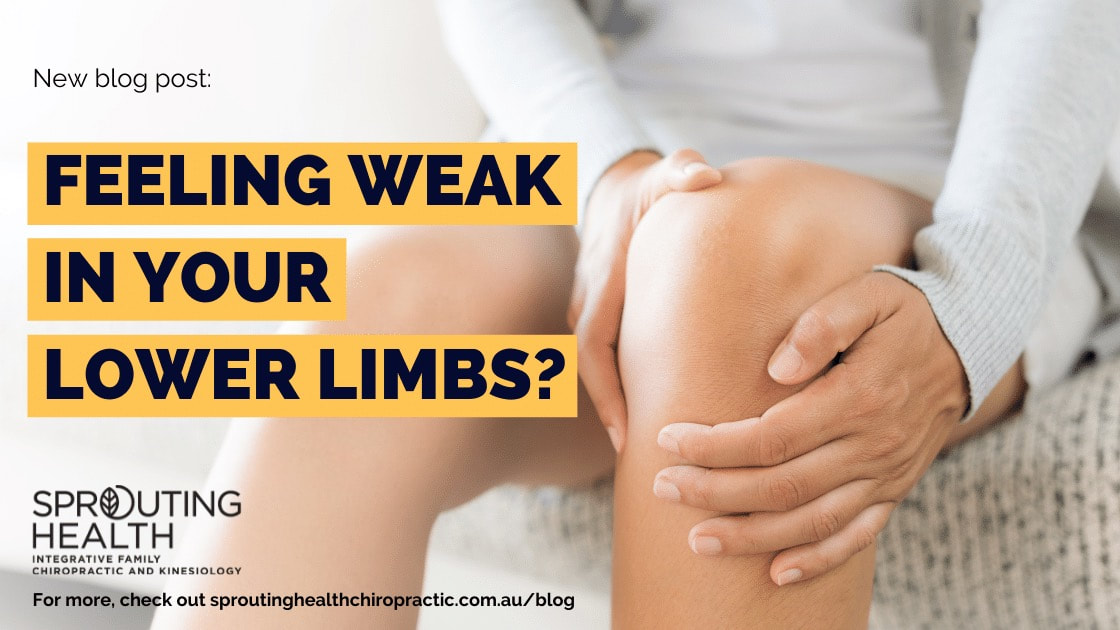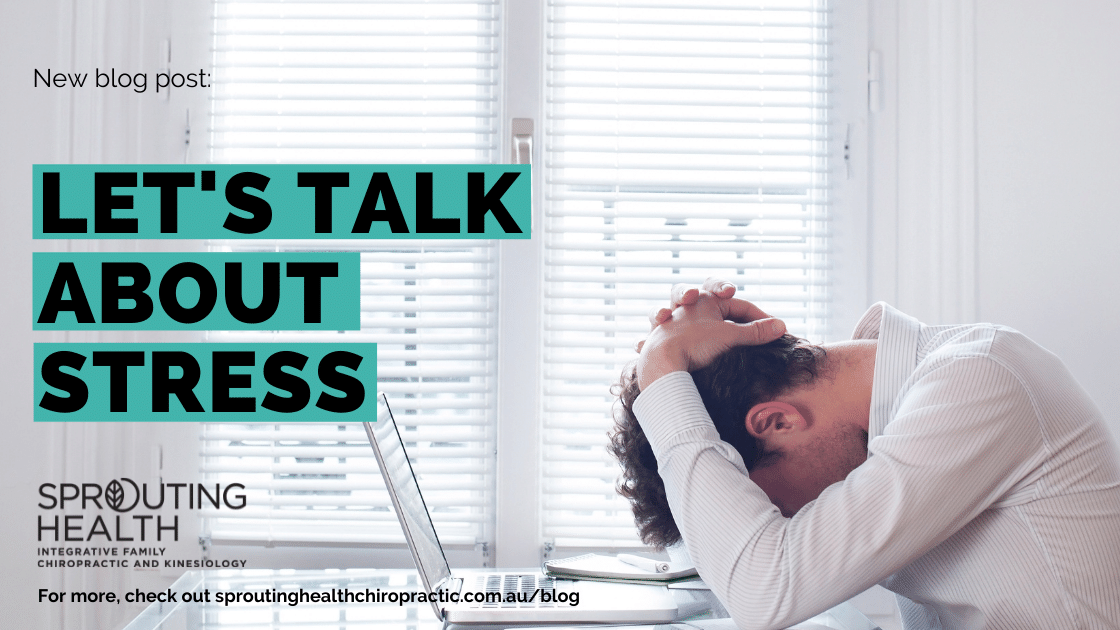|
Chronic neck and lower back pain is a leading cause of disability worldwide and is a prevalent health problem for many people (1,2,3). Do you or a loved one experience chronic neck or lower back pain that has been persistent? This is an important article that could make the world of difference to you.
“Health care spending for lower back and neck pain have been consistently ranked among the top 5 conditions in the US” (4) Management of back pain increasingly has relied on advanced diagnostic imaging, referrals to other physicians, and use of narcotics, which ends up quite costly. It has been suggested that treatment of back pain is an area of potential health care cost savings in the future that needs to be looked at (5). In a study by Khodakarami N, it was found that chiropractic care was a more cost-effective alternative for patients with low back pain (6). In recent research literature, where they were looking at patient experiences with chiropractic care for low back and neck pain, it was found that there is generally a positive experience among patients with chronic back or neck pain. It supports why some chronic pain patients utilise chiropractic care on a regular basis (7). Putting together the cost effectiveness and general positive experience, chiropractic is a viable option when it comes to chronic back and neck pain management. If you want to find out if chiropractic may help manage chronic low back or neck pain for you or your loved ones, have a chat with one of our chiropractors to see how they can assist. “Health is a journey and the overall experience in getting there is important” References 1. Vos T, Flaxman AD, Naghavi M, Lozano R, Michaud C, EzzatiM, et al. Years lived with disability (YLDs) for 1160 sequelae of 289 diseases and injuries 1990-2010: a systematic analysis for the Global Burden of Disease Study 2010. Lancet. 2012; 380:2163-96. 2. Vos T, Barber RM, Bell B, Bertozzi-Villa A, Biryukov S, Bolliger I, Charlson F. Global, regional, and national incidence, prevalence, and years lived with disability for 301 acute and chronic diseases and injuries in 188 countries, 1990–2013: a systematic analysis for the Global Burden of Disease Study 2013. Lancet. 2015;9995:743-800. 3. Cohen SP. Epidemiology, diagnosis, and treatment of neck pain. Mayo Clin Proc 2015;90(2):284–99. doi: 10.1016/j.mayocp.2014.09.008. 4. Dieleman JL, Cao J, Chapin A, et al. US health care spending by payer and health condition, 1996–2016. JAMA 2020;323:863–884. 5. Mafi JN, McCarthy EP, Davis RB, Landon BE. Worsening trends in the management and treatment of back pain. JAMA Intern Med. 2013;173:1573-81. 6. Khodakarami, N., 2019. Pit8 Cost-Effectiveness analysis of physical therapy against chiropractic for patients with acute low back pain in the US. Value in Health, 22, pp.S212-S213. 7. Hays, R.D., Sherbourne, C.D., Spritzer, K.L., Hilton, L.G., Ryan, G.W., Coulter, I.D. and Herman, P.M., 2020. Experiences With chiropractic care for patients with low back or neck pain. Journal of patient experience, 7(3), pp.357-364.
0 Comments
Seriously? Low back pain (LBP) again? Well, yes, given the prevalence and significance of the problem in today’s society. In a recent study from 2019, the prevalence of LBP ranged from 1.4-20%, with risk factors reported as age, seg, race, activity intensity or physicality, spinal loading, lifting bending or twisting. (1) In 2020, another study highlighted the increase in LBP from 1990 to 2017 from 377.5 million people to 577 million people globally. (2) In the first instance of LBP, when it is in the acute phase, most people will improve with ease within the first month and continue to experience small, but incremental improvements up to 3 (sub-acute phase) months on average. At this point, a lot of people stall in their recovery and will often have a relapse within 12 months (chronic phase). (3-4) There have been a few brand-new studies released (this year) looking into LBP and its response to chiropractic care. These studies looked at changes of inflammatory markers in the blood, changes in pain sensitivity, and distortion in sense of effort. (5-7) It was shown that there were significant reductions in some of the inflammatory markers for patients suffering with non-specific low back pain in both the acute and chronic stages over a short course of treatment. this study also found a significant reduction on pain and disability score for all LBP patients. (5) Patients with a low pain threshold for mechanical pressure who received spinal manipulative therapy at their most pain-sensitive segment were observed to have a significant improvement in their pain threshold. This represents a neurophysiological response of decrease in mechanical pain sensitivity. (6) Finally, those suffering with chronic LBP were consistently found to be unable to generate accurate forces with their trunk extensors, and that it would deteriorate with further exertion. This means that the participants in this study with chronic LBP were consistently overestimating the amount of extension force they were generating, and therefore, exhibiting a lack of proprioceptive control of their low back musculature. (7) While these studies represent exiting new developments in research, more is required to identify and elucidate specific mechanism that are being observed. So, if you are suffering with LBP, or know someone who is, consider that these studies have shown chiropractic care could provide a decrease in inflammation, a decrease in mechanical pain, and that those with chronic low back pain lack appropriate control of their low back muscles. References
Our bodies are under a constant stream of stimuli and stress in modern society and that can have a detrimental effect on our both our short and long term health. Stress triggers our bodies sympathetic nervous system- responsible for our fight-or flight response, and decreases our parasympathetic nervous system- responsible for our rest and digest response.
Let’s talk about the consequences that stress has on our health and how that can lead to adrenal fatigue. Acute or short term stress causes our brain to release hormones called epinephrine and norepinephrine into our blood stream which leads to constriction of our blood vessels, increased blood pressure, increased muscle tension and a changes in heart rate and heart rate variability.[1] This fight-or-flight response is really important when we react to threatening stimuli i.e. seeing a snake on the footpath in front of our foot. Chronic stress can lead to long term activation of our sympathetic nervous system which can result in overload and eventually exhaustion of the hormonal, cardiovascular, neural and muscular systems. This is also called ADRENAL FATIGUE and its becoming increasingly prevalent in society. [2] Long term consequences of stress can lead to impairment of our immune function, delay of healing processes and musculoskeletal overload which increases the risk of injury.1 Signs to look out for if you think you may be suffering from chronic stress or adrenal fatigue can include:
if you are experiencing any of the above symptoms, you could be suffering from adrenal fatigue! At Sprouting Health, we assess all the different stressors that may be affecting your health to help support you to be the best version of you. References [1] Michels, N., Sioen, I., Clays, E., De Buyzere, M., Ahrens, W., Huybrechts, I., Vanaelst, B., & De Henauw, S. (2013). Children's heart rate variability as stress indicator: association with reported stress and cortisol. Biological psychology, 94(2), 433–440. https://doi.org/10.1016/j.biopsycho.2013.08.005 [2] Wilson, J.L., 2014. Clinical perspective on stress, cortisol and adrenal fatigue. Advances in Integrative Medicine, 1(2), pp.93-96. Hand Grip Strength (HGS) is an important indicator of health that is highly representative of a person’s current and future health profile (1). Grip strength is a reflection of whole body function!
HGS is known to be linked with various psychological outcomes such as cognitive impairement, depression, depressive symptoms, and the development of depressive symptoms within a year (2). HGS was independently associated with increased odds of diabetes, hyperglycemia, hypertension, and low high-density lipoprotein cholesterol (3). Declines in HGS were also shown to be related to coronary heart disease, other cardiovascular disease, diabetes, chronic bronchitis, chronic back syndrome, long-lasting cardiovascular disease, hypertension, and asthma (4). One study demonstrated that every 5-kg decrease in HGS was associated with a 16% higher hazard ratio for all-cause mortality and 17% higher hazard ratio for cardiovascular mortality (5)! The fact is, Strength is very important and interestingly those with lean muscles actually can be stronger than those with big bulky ones (1). The reason for this is that muscle strength is associated with the brain’s ability to contract more muscle cells or fibres; just because your muscles are big doesn’t mean you’re contracting many fibres for more strength. Many believe substantial muscle and bone weakness is part of aging — but it’s actually part of unhealthy aging. While strength does diminish over the years, measurably starting around age 30 in men and women, it should not be too excessive to the point that we are impaired by it. Weakness in muscles and bones can also promote problems in ligaments, tendons, joints, cartilage and fascia. Take our easy to implement test by using a grip dynamometer in our practice to easily measure Grip Strength. The more grip strength typically means that you are getting healthier and more fit. Improvements in grip strength can signify training success, as well as recovery from overtraining, injury or significant illness (6).
|
AuthorBlogs by the team at Sprouting Health Archives
July 2024
Categories |





 RSS Feed
RSS Feed
